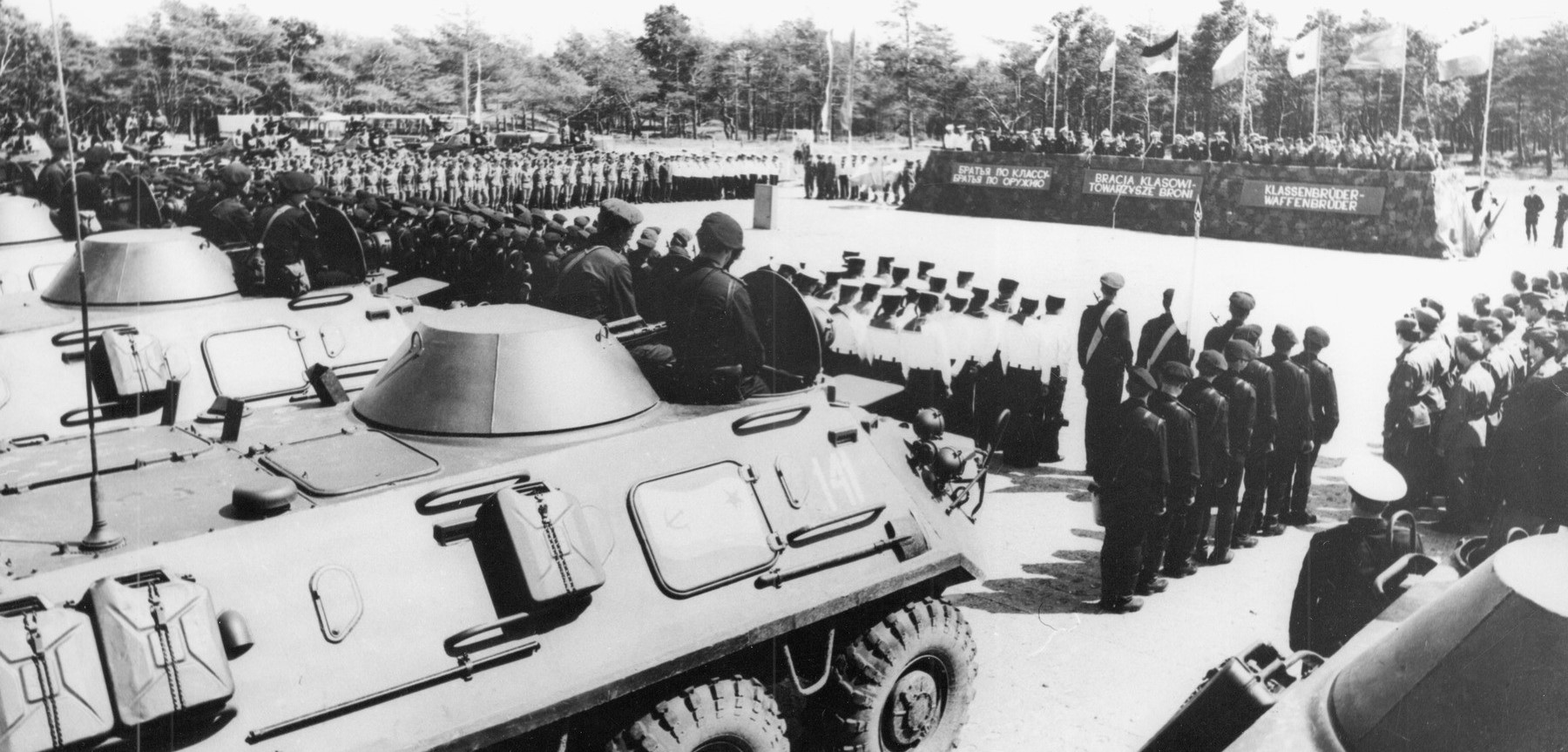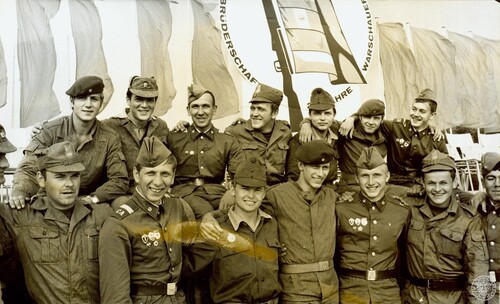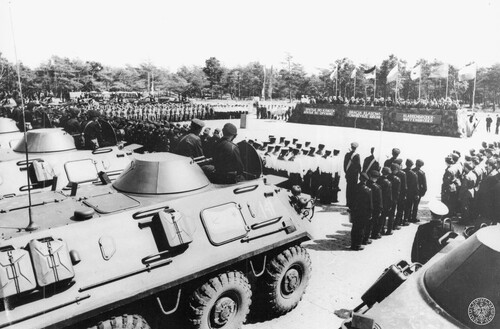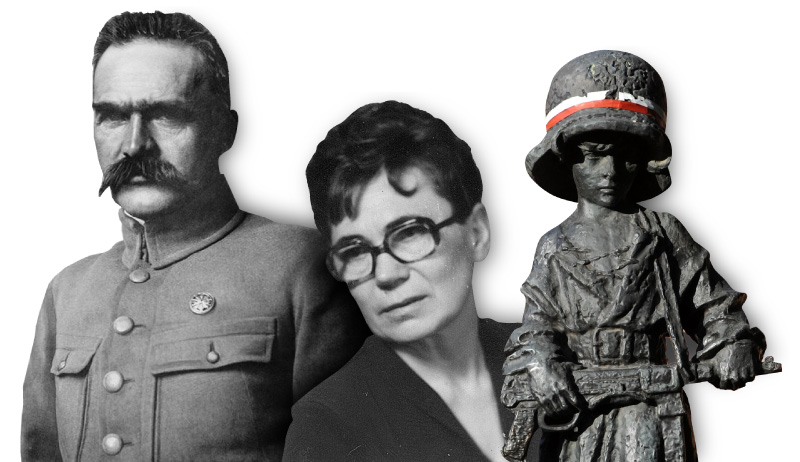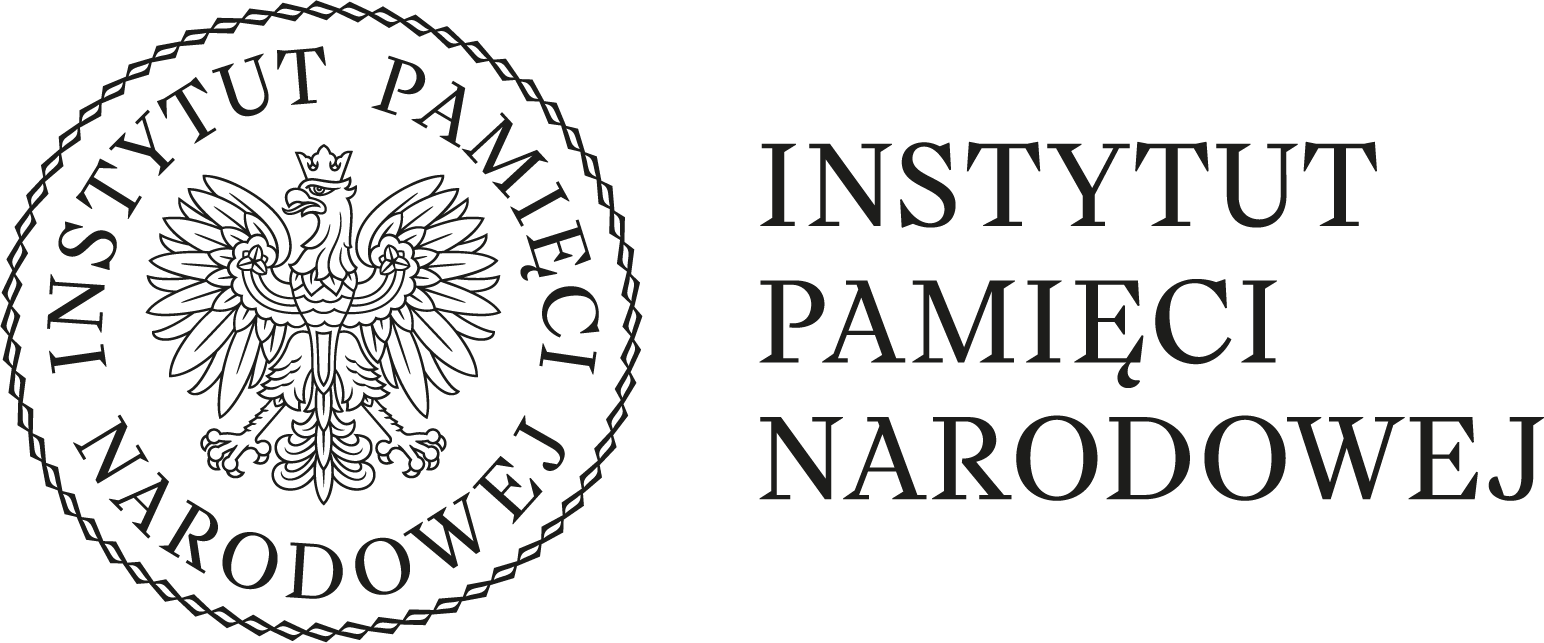It is worth reminding why it was so. It is equally worth mentioning why the Soviets were not so eager to promise Wojciech Jaruzelski military support in case the introduction of martial law failed.
Soviet war doctrine, but not only that…
The most prominent argument is the argument of the Soviet doctrine which assumed that one should not fight on two fronts. Meanwhile, the Soviet Union had already been waging war in Afghanistan since 1979 and it had no end in sight. It was, however, not the only and probably not the most important factor. Other factors can surprisingly be found in the document from spring or early summer of 1981, published in 2001 on the pages of the post-communist “Przegląd” newspaper. The point of its publishing was clear - to show that martial law saved Poland from a bloody intervention. In the meantime, a non-dated document for the First Secretary of the Central Committee of the Polish United Workers’ Party, Stanisław Kania, showed first and foremost the great costs and dangers of such intervention. Its authorship was mistakenly attributed to “the band of three” (Jerzy Urban, Stanisław Ciosek and Władysław Pożoga). The document describes not only the potentially bloody course of an eventual intervention, but also its consequences (political, economic and military).
Outline of a certain prediction…
It included two variants of the development of Polish-Soviet relations in its nearest future. In the first (“rational”) variant, with the approval of Moscow, the “reconstruction of the system of power in Poland” was to take place, including the rebuilding of the communist party, weakened by the “Solidarity revolution”. In the second (“tragic”) variant, the development of events in the Polish People’s Republic could threaten - according to the Soviet leadership - “the political status quo in parts of Europe under Soviet control.” According to the authors of the document this would lead to an intervention which would then cause “a non-voluntary counterattack from some of the Polish military units”, even against the orders of their commanders. Moreover, the Soviet troops were predicted to be forced “to break the armed resistance of multimillion worker crews, accompanied by spontaneous, desperate actions of some of the youth.” The breaking of this resistance would of course be possible, but it would mean the death of 100 thousand to 500 thousand people.
Besides, such breaking of resistance would only be the beginning of potential issues for the intervening forces. It was assumed that:
“In short time, the typical for Polish traditions underground state structure would develop, similar to that operating during the Nazi occupation with its authorities, judiciary, secret education etc.”
Meanwhile, the resistance movement, per tradition, would engage “the entire society, including children.” What’s more, additional repressions, especially “exterminations”, would only strengthen its resolve. This would mean the necessity of a prolonged occupation, “requiring a constant presence of around 30 to 50 divisions in Poland.” More than that, it was decided that the Poles’ resistance could “provoke tensions in neighbouring countries”, to which Moscow would be forced to send another 20-50 divisions. This, in turn, could threaten with:
“The increase of unrest in Soviet Baltic states, and then in the Middle East.”
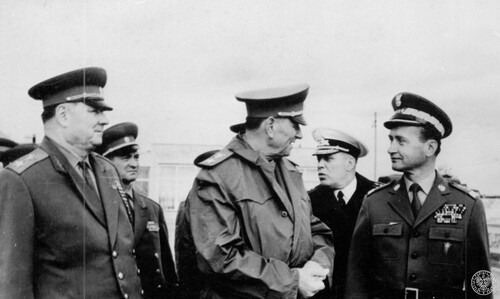
Wojciech Jaruzelski on an airport in the region of exercises, accompanied by Soviet Union’s Defence Minister, Marshall A. Grechko and the commander of the United Armes Forces of the Warsaw Pact States, Marshall I. Yakubovsky. A photocopy from a stand most likely prepared for a ministerial exhibition on the history of the socialist movement and communism. Photo from the archives of the Institute of National Remembrance
Thus, a domino effect would occur, described by the document’s authors as “a chain reaction of <<taking advantage of the circumstances>>.” The situation was additionally complicated by the fact that “after only several days of the campaign” the Soviet troops would be affected by fuel shortages. In summary, the eventual intervention in Poland would mean:
“Long-term military involvement without any strategic advantages.”
Moreover, it was also to bring “huge political and financial costs.” Especially since, as it was predicted, under pressure from public opinion (including the large Polish diaspora), the West “would have to break all of its trade deals with the USSR”, which with poor harvest would mean “the threat of a quick running out of the USSR’s reserves.” This situations would be made even worse by “various economic restrictions.” There would also be political consequences, meaning “the probable complete isolation of the USSR in global public opinion”, including “the breaking of relations by influential communist parties of the West.” Additionally, there would be “a drastic turn in all of global public opinion to the position of total hostility towards the USSR” and the creation of “an atmosphere of anticipation for the conflict of the world with the USSR (in analogy to the situation following the annexation of Czechoslovakia by Nazi Germany).” Although this argument is not mentioned in the document, one of the potential countermeasures from the United States would be the taking of Cuba, which would be a huge loss for the Soviet leadership.
***
It is clear then, that for the Soviet authorities the intervention in Poland was considered a last resort. It is worth recalling here the statement by Viktor Kulikov, who was the chief commander of the forces of the Warsaw Pact in the beginning of the 1980s. Several years ago, he said that Poland joining NATO was unacceptable for the Soviet Union, meaning the loss of communication routes through Poland to the West. While analysing the previous Soviet interventions, especially that in Czechoslovakia in 1968, it seems that there was a third eventuality. It was the loss of trust for Polish comrades.
If it was indeed the case, we will probably never know. One thing is certain: for the Soviets, just like for Wojciech Jaruzelski, martial law was “the lesser evil”. The problem is, that the bigger evil was not necessarily the “brotherly” intervention…
